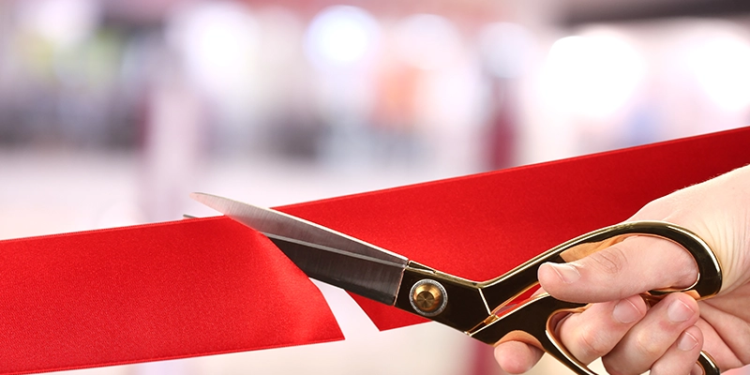Research being conducted at the University of Chicago, Illinois, may create a new reality for those who thought the ability to touch was permanently lost due to limb loss or quadriplegia.
Neuroscientists are seeking to produce an advanced prosthetic limb that will not only provide “robust” movement but also authentic sensations. “In addition to being able to control the device like a native limb, these individuals will actually experience tactile sensations,” said Sliman Bensmaia, PhD, assistant professor, Department of Organismal Biology and Anatomy, University of Chicago.
Bensmaia, who is the principal investigator of the team, consisting of Nicholas Hatsopoulos, PhD, associate professor, Department of Organismal Biology and Anatomy, University of Chicago, and neuroscientist Lee Miller, PhD, professor of physiology/physical medicine and rehabilitation at Northwestern University Feinberg School of Medicine, Chicago, has spent the past year focusing on how to convey the basic information required to perceive and manipulate an object by touch. “You need to know what part of your hand is contacting the object and with what force,” he said. “There are a variety of ways to convey that information. We seek to mimic the brain activity that is produced when the native limb touches an object, and we want to do this through stimulation.”
Bensmaia’s team works with rhesus macaque monkeys whose sense of touch is nearly identical to that of humans. “They use their hands to manipulate objects and to explore their environment the same way we do,” he said.
In his lab, Bensmaia has taught these primates to differentiate the location and force of touches applied to their skin. As the animals perform these tasks, electrodes implanted in the touch area of their brains record the neural activity evoked by each different sensation. The goal is to reproduce that activity through electrical stimulation delivered through these same electrodes. The “trick” is to figure out what kind of electrical stimulation patterns will “fool” the animals into thinking that a touch was applied to particular locations on their skin at a particular force.
Ultimately, the lab will develop software that converts patterns of forces applied to the sensors on the prosthesis into patterns of electrical stimulation applied to the brain through arrays of electrodes implanted in the patient’s brain. These efforts will complement the work of other neuroscientists who are developing algorithms to drive movements in the limb based on the activity recorded in the motor areas of the brain.
Patients will be able to move their prosthetic limbs by thought and will be able to feel through them.
“You can’t pick up an egg with most prosthetic arms because you can’t feel the force you’re exerting on it. You’re either going to drop it or crush it,” Bensmaia said, adding that sensory feedback will render prosthetic arms more useful for performing daily activities.
The first human trials are set to begin soon.




